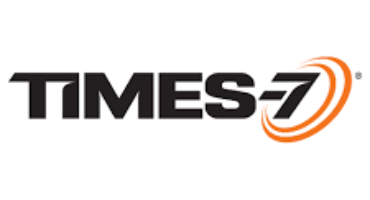Antenna placement is just one aspect of optimizing an RFID system.
Other key considerations when designing and deploying an RFID system include the following: RFID Reader sensitivity, RFID Tag label selection - frequency of RFID tag, Environmental factors.
To optimize RFID antenna placement for maximum performance, consider antenna position, orientation, gain, polarization, potential sources of interference, and the use of multiple antennas.
Here are some critical considerations for optimizing antenna placement for maximum performance:
RFID Antenna position - Position the antennas so that the RFID labels and tags pass through the antenna’s field of view. For example, if you use an RFID system to track inventory in a warehouse, the antenna should be positioned above the aisle where the stock is stored.
RFID Antenna orientation - Orient the antenna so that its maximum radiation is directed toward the RFID tags and labels. To achieve this, aim the antenna in the direction of the RFID label tags or tilt the antenna to direct the maximum radiation in the desired path.
UHF Antenna Gain - Antenna gain measures an antenna’s power in a specific direction. It is important in optimizing antenna placement for maximum performance in RFID systems, as higher gain antennas have a more extended read range and narrower beam width. Using antennas with appropriate gain and directing their radiation patterns toward the RFID tags can improve the system’s accuracy and range. Multiple antennas with different gain levels can enhance the system’s performance and reliability.
UHF Antenna polarization - RFID systems use either linear or circular polarization. Circular polarized antennas are an excellent choice for applications where the tag’s orientation is undetermined, such as inventory tracking in a warehouse or animal tracking. Linear polarized antennas perform better in environments where the RFID tag label orientation is known or is not likely to change.
Interference - Place antennas away from sources of interference, such as other wireless devices, metal objects, and electrical equipment.
Multiple UHF RFID antennas - Using multiple antennas in an RFID system can help improve the system’s performance and reliability. For example, by using two antennas, you can increase the chances of a tag being read by at least one of the antennas. Space the antennas far enough apart to avoid interference, typically at least half the wavelength of the operating frequency.
Antenna placement is just one aspect of optimizing an RFID system. Other key considerations when designing and deploying an RFID system include the following:
Reader sensitivity - refers to the ability of an RFID reader to detect and receive signals from RFID tags, even at low power levels or in noisy environments.
Tag selection - refers to the process of choosing the appropriate type and frequency of RFID tag based on the application requirements, such as read range, operating environment, and data storage capacity.
Environmental factors - takes into account environmental factors such as the presence of metal, water, or other materials that can affect the performance of the antenna, as well as the desired read range and directionality needed for the specific RFID application.
To optimize RFID antenna placement for maximum performance, consider antenna position, orientation, gain, polarization, potential sources of interference, and the use of multiple antennas.





